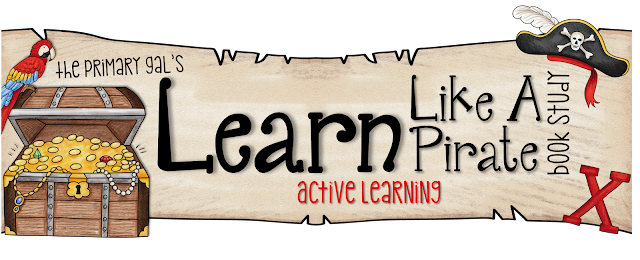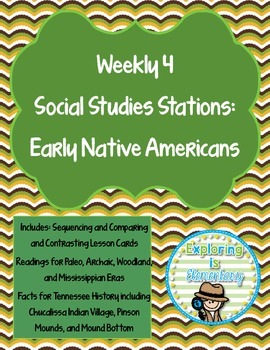Here
it is. The final chapter of the book study for Learn like a Pirate. This topic
is straight about Empowerment. Since the beginning of the school year is
approaching, it’s great to get a plan ready for when you get back into the
classroom. The main advice is to “Verbalize your intentions to your students.”
It seems the biggest theme throughout the box lines up with our district’s them…
there are no got ya’s in education. Let the kids know up front what is expected
of them and that you will not lower the expectations for them.
The
question on everyone’s mind is, how do you get students to take control?
Basically you have to be willing to empower them and give them the courage to
make their own decisions. You really have to have a safe learning environment
for them.
Here
are some ways Paul suggests to empower the kids:
·
Give
Me Five
·
Encouraging
students to teach mini-lessons
·
Teaching
the importance of roles during activities
·
Letting
them take charge of important class jobs
Passion
Time
“Passion
Time gives children the opportunity to spend some of the school day focusing on
their personal interests and sharing those passions with others.”
Here’s
how it works—it’s a dedicated time set aside
each week for students to pursue their own interests by answering an essential
question! (Hello mini-PBLs!!)
·
Essential
Question: Students choose their own essential questions (PHAT- Pretty Hard and
Tough questions). The teacher helps facilitate to make sure the questions are
deep enough that a Google search can’t just answer it.
·
Planning:
Then the students move to the planning stage. Students list the steps necessary
to answer the question. Here is a site that is a part of this chapter, Trello Board.
It allows the planning process to be seen on one screen. This helps students
keep on track with their projects.
·
Wrap
it up and Share: Before the deadline students share their learning and reflect
on their process. In his class, he requires the final product to include a video,
a written reflections, and a completed KWHLAQ (see image) chart.
 |
| Trello |
·
Peer
Feedback: I love the modified sharing process he described. Students listen to
each other’s videos independently, reading reflections, and providing great
feedback.
Safe Environment:
Paul
discussed a way to start your year off creating a safe environment. He suggests
that students know that teachers have good and bad days too. He prepares his
kiddos for when the teacher has a bad day is that they role play ways to respond
back to the teacher without getting upset.






